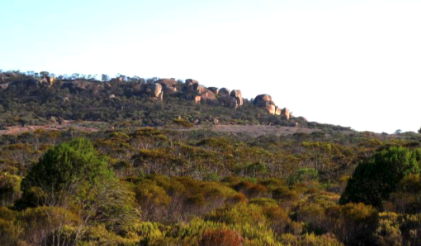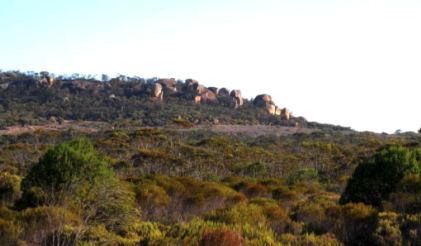- Mount Ridley Mines (MRD) sees increased rare earth element potential at its namesake project in WA, following re-assays at two prospects
- MRD re-assayed 160 air core sample pulps from 59 drill holes that were completed between 2017 and 2019 across the Winston and Keith’s prospects
- The results have reportedly returned significant rare earth element values extending prospective horizons to in excess of 25 strike kilometres
- Moving forward the company is planning work to determine the nature of the mineralisation and by what means the REE’s are extractable
- Shares last traded on September 10 at 0.4 cents
Mount Ridley Mines (MRD) says re-assays of core samples have increased the rare earth element potential at two prospects within its namesake project in WA.
The Mount Ridley Project is near Esperance, covering 3400 square kilometres. It was initially acquired for its nickel and copper sulphides potential, and is now recognised as being prospective for ionic clay REE deposits.
At the Winston’s and Keith’s Prospects, MRD re-assayed 160 air core sample pulps from 59 drill holes that were drilled between 2017 and 2019.
The company said the results have returned significant rare earth element values extending prospective horizons to in excess of 25 strike kilometres.
At Winston’s, which includes the Lake prospect, the extension reportedly exceeds ten kilometres in apparent length and one kilometre in width.
Comparatively, the Keith’s prospect is more than four kilometres in length and one kilometre in width, which equates to a one kilometre strike extension.
The results follow the company’s announcement in August that it had completed a re-assay of 950 air core samples which returned rare earth element (REE) values over an apparent strike over 25 kilometres, with more than 20 samples returning more than 1000 parts per million (ppm) total rare earth oxides.
Mount Ridley’s Chairman Peter Christie said the company now had an interesting REE project on its hands.
“While it is early days in our technical analysis, the preliminary TREO grades and lateral extent of mineralisation would seem to indicate a rare earth project worthy of detailed investigation.”
“The next step is to determine the nature of the mineralisation and by what means the REE’s are going to be extractable.”
Moving forward, the company is undertaking a comprehensive geological and litho-geochemical study as well as initial metallurgical testing.
Plans for drilling are also underway which is set to include re-drilling some of the holes that terminated in REE mineralisation, extending drilling traverses where mineralisation remained open and reconnaissance drilling traverses to test other targets.
Additionally, core drilling is scheduled and the company is considering the use of sonic drilling, a technique believed to be effective in poorly consolidated rocks, to provide intact core for regolith studies, geotechnical and metallurgical testing, and to test the quality of some of the significantly mineralised, earlier aircore holes.
Shares last traded grey on September 10 at 0.4 cents.








